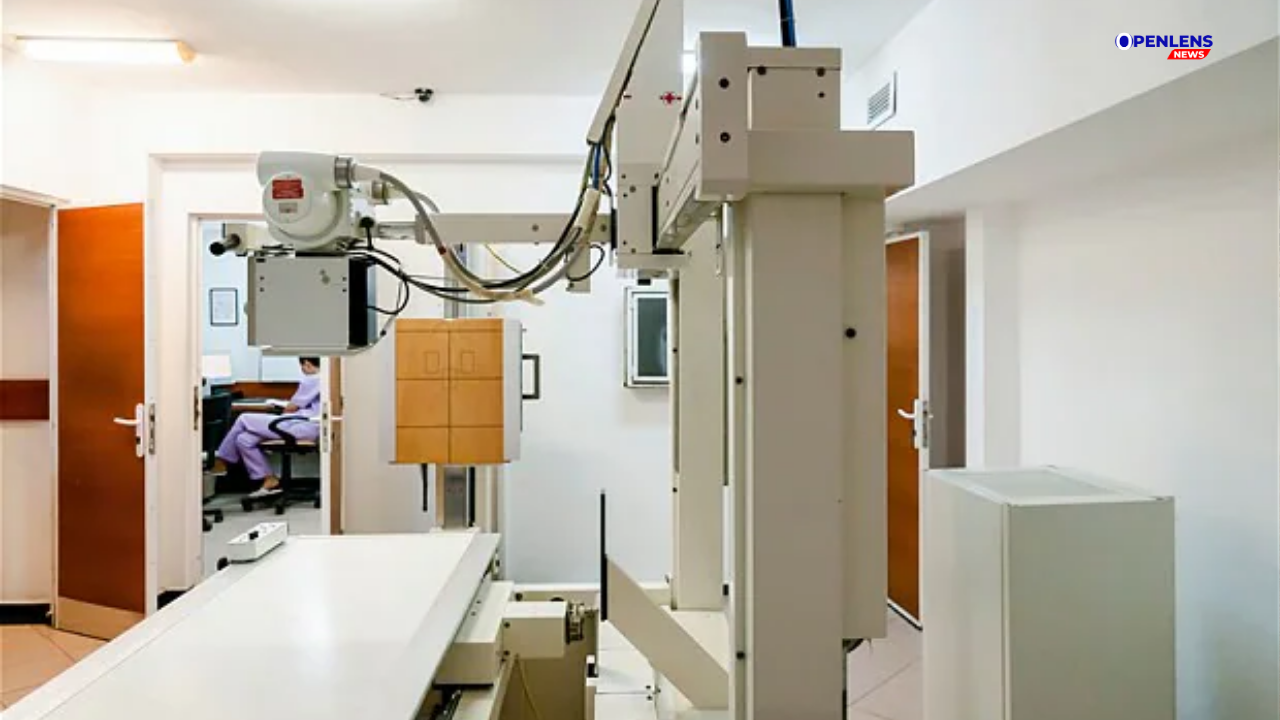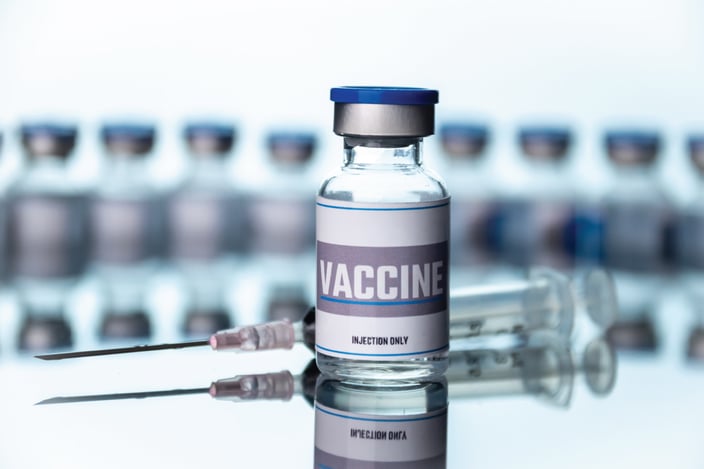A shocking number of patient injuries and deaths across England have been linked to equipment failures within NHS hospitals, exposing deep-rooted issues in the nation’s healthcare infrastructure. Between 2022 and 2025, nearly 4,000 patients were harmed due to malfunctioning or outdated medical equipment, with 87 of those incidents resulting in fatalities. The findings have raised serious concerns about the safety of patients relying on the NHS and the urgent need for investment in modern healthcare tools.
While the majority of incidents were classified as causing minor harm, 522 patients suffered moderate harm, and 68 endured severe injuries. The range of equipment failures was broad, including critical devices like defibrillators, neonatal monitoring alarms, ventilators, and intubation cameras. In many cases, these tools failed to operate when needed most, delaying life-saving treatment or compromising care during high-risk procedures.
The root of the problem lies in chronic underfunding and neglect of NHS infrastructure, with thousands of pieces of medical equipment now outdated or beyond their recommended lifespan. For instance, a significant proportion of diagnostic machines currently in use are more than a decade old. This includes vital equipment such as MRI scanners and X-ray machines, many of which are not only inefficient but potentially unreliable in emergencies.
In response to growing public and professional alarm, the government has pledged to increase investment in the NHS. The Labour administration has committed £1.8 billion to the capital budget for the coming year, alongside plans to double the number of hospital scanners during this parliamentary term. This follows a previous £3.1 billion boost, yet health leaders argue these measures barely scratch the surface of a system burdened by a £13.8 billion maintenance backlog.
NHS leaders have introduced new safety frameworks and accelerated plans to replace aging devices, but experts warn that these efforts must be scaled up significantly to keep pace with modern healthcare demands. Without sustained capital investment, the cycle of avoidable harm is likely to continue.
The issue underscores a critical need for long-term planning and consistent funding to modernize the NHS and protect patients. Lives depend on functioning equipment, and the recent data is a stark reminder of the human cost of letting vital infrastructure fall into disrepair. As the NHS moves forward, ensuring the reliability and safety of its medical equipment must be treated as a top priority.



